Uncharted waters: Superyacht Design Symposium pushes the bounds of luxury
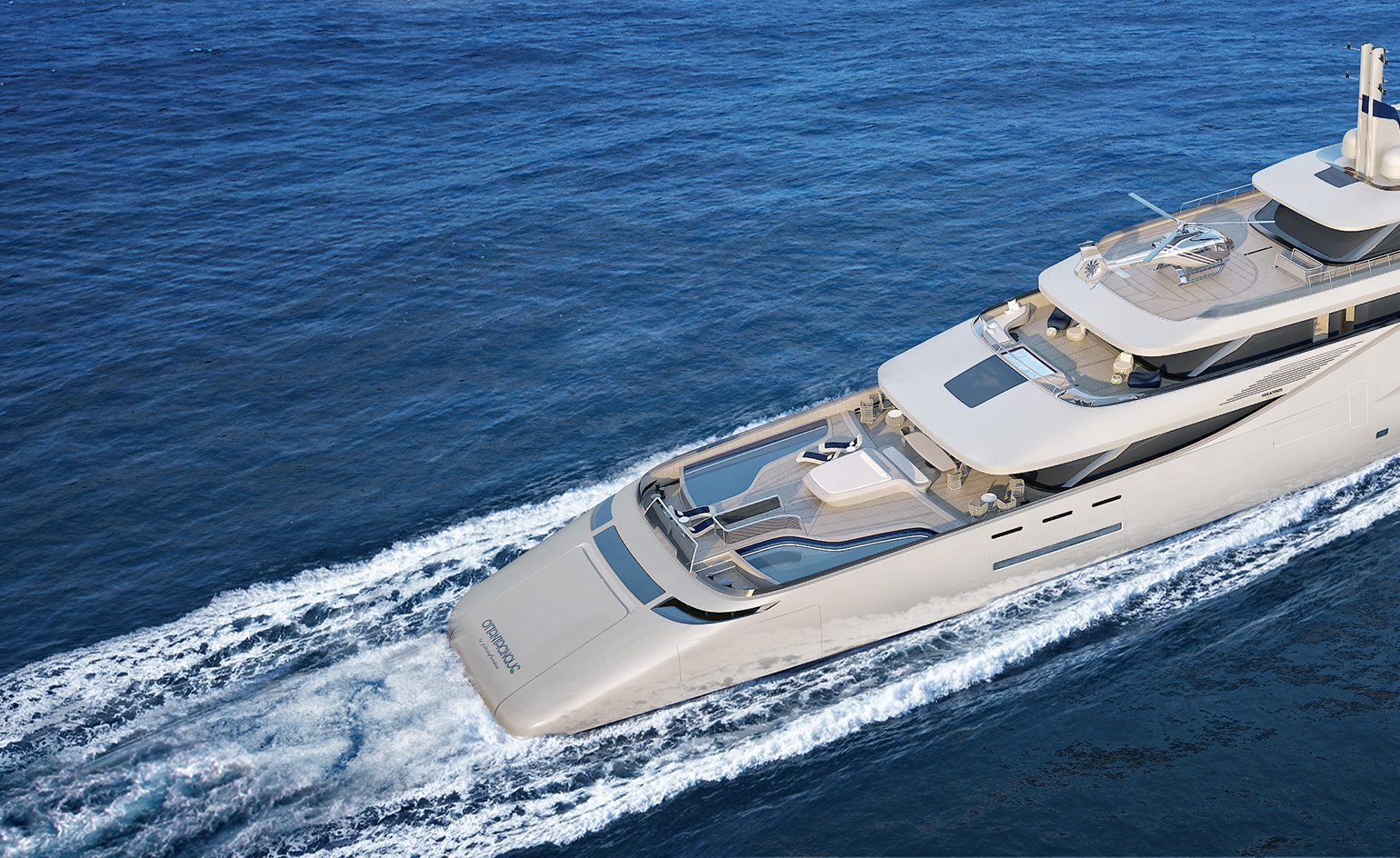
‘When I look at the motion industry – cars, motorcycles, boats – the reality is that the boat industry can be far less innovative than the others,’ says Lapo Elkann. The entrepreneur and heir to the Fiat fortune is highly critical of the nautical world, pointing out that its designers are guilty of recycling ideas from product to product.
This comment feels somewhat implausible given the event and its audience. We are at the Superyacht Design Symposium, held in the picturesque Austrian ski resort of Kitzbühel. The annual event is designed to attract owners, makers and designers of superyachts, one of the most complex and unusual mode of transport ever devised. For each and every one of these hundred million pound vessels are, by their very nature, prototypes, envisaged, designed and executed for one single client (many of whom seem to be here). Surely the personal touch is at the core of their existence? And how do these hugely expensive objects symbolise modern luxury?
Kitzbühel sees the superyacht community joined by a stellar list of influential designers from across the nautical, airline, automotive, architecture, interiors and fashion worlds, all gathered to discuss how luxury should evolve in the future. The debate is orchestrated by the design critic Stephen Bayley, well known for his own outspoken comments on taste and luxury. For now, it is Elkann who is being candid, continuing his provocations by adding that nautical luxury needs to be a careful blend of craft and innovation. He says that Luca Bassani, founder of Monaco-based maritime design company Wally Yachts, is the last boat maker to do something innovative in the industry.
Elkann’s Garage Italia Customs helps fine-tune such luxury toys in motion. A keen yachtsman – he sails a 40-knot Baglietto, tailored by his own firm – Elkann naturally sees the future of luxury in the highest degrees of personalisation. This, he believes, is the ultimate path to true luxury. Modern luxury should be about ‘cross contamination’, as in the sharing of knowledge and ideas, technology and eco-innovations across all disciplines. ‘Together they speak the luxury of today and tomorrow. Sadly most brands are viewing luxury only in the now.’
Axel de Beaufort, the director of design and engineering at Hermès, feels new luxury is increasingly taking on ‘authenticity, perfection and the skills of the craftsman.’ ‘The definition of luxury is the emotion of the object,’ he says. ‘Hermès has a history of craftsmanship but it is about utilising this and mixing it with new innovations like laser technology.’ Renowned yacht designer Tim Heywood also believes the real key to luxury is expressed through the skills of craftsman who build these vessels.
Elsewhere, the designer Ilse Crawford says we need to invest more in the ‘immeasurable things’ – a term borrowed from Charles Eames – to advance the modernist principals of form follows function and instil emotion into the design of luxury yachts. ‘Our job as designers is to find ways of injecting soft value into hard values. It is about relevance, showing that you are part of your time,’ she clarifies.
Stefan Sielaff interjects, saying simply, ‘I hate the phase form follows function.’ The Bentley design director speaks candidly of his aversion. ‘I am German, and our design education was very strict, totally dedicated to Bauhaus. Form follows function comes from an almost totalitarian ideology where everything is to be equal, yet joyless, with no irony, no humanity, without love. Later, when I went to the Royal College of Art in London, I learnt a very different perspective. I learnt about humour, irony and love.’
He cites Bentley’s most recent show car, the EX 10 Speed 6 concept, as a good example of a product that is a statement of luxury yet full of love, irony and even humour. ‘It offers a statement, more than from, say, a technocrat,’ he says. Sielaff believes good design should raise human beings to a higher level.
The legendary interior designer Nicky Haslam repeatedly emphasised how luxury and taste cannot be bought, and that a dose of ‘magic’ is what is needed to express true luxury. ‘Good design needs to move you.’ Panellist Andrew Winch agrees that good design in all sectors should help make the user smile. The London-based exterior and interior yacht design believes there has to be more focus on humanising the space. ‘When you design a yacht you are accommodating a space with many staff who cannot be seen, who are not seen. They are invisible. It is about showing the crew, showing their existence,’ says the nautical architect.
Superyacht design is increasingly reliant on close collaborations between the client, designer and maker. Ultimately, the likes of shipyard owners like Peter Lürssen, have to smooth the way for all parties. ‘We have to get along with the designers and we have to get along with the owners,’ he says. Even so, the designer and manufacturer are still kept relatively separate in the nautical world. Lürssen did employ an in-house designer in the 1990s, but experience proved that clients tend to prefer diversity and the company needed to offer a wide selection of designs.
Pininfarina, the Italian design consultancy best known for its automotive work, also its toes in nautical design. Vice president of Pininfarina Extra, Francesco Lovo, feels luxury in motion is essentially about creating industrial beauty with the customer in its heart. A yacht, he says, ‘is about the user experience, it is a matter of process, the emotional experience and how we interpret this.’
His team didn’t set out to revolutionise the industry with the grand Ottantacinque, the latest superyacht designed for the Italian shipbuilder Fincantieri Yachts, nor with the meticulously crafted innovative box-rolled Wallycento# designed with Wally Yachts for racing boat maker Persico Marine -– both hugely different propositions in nautical design. The Ottantacinque retains the essence of superyacht design by being ‘elegant, sober but not shouting,’ Lovo notes, ‘and this is part of the spirit of our design philosophy. We simply want the customer to enjoy sailing.’
In the hands of the superyacht builders, ideas of luxury and contemporary design are just too complicated and wide-ranging to ever be easily defined. Although this industry is all about enjoyment, we sense it still hankers after a dose of design credibility.
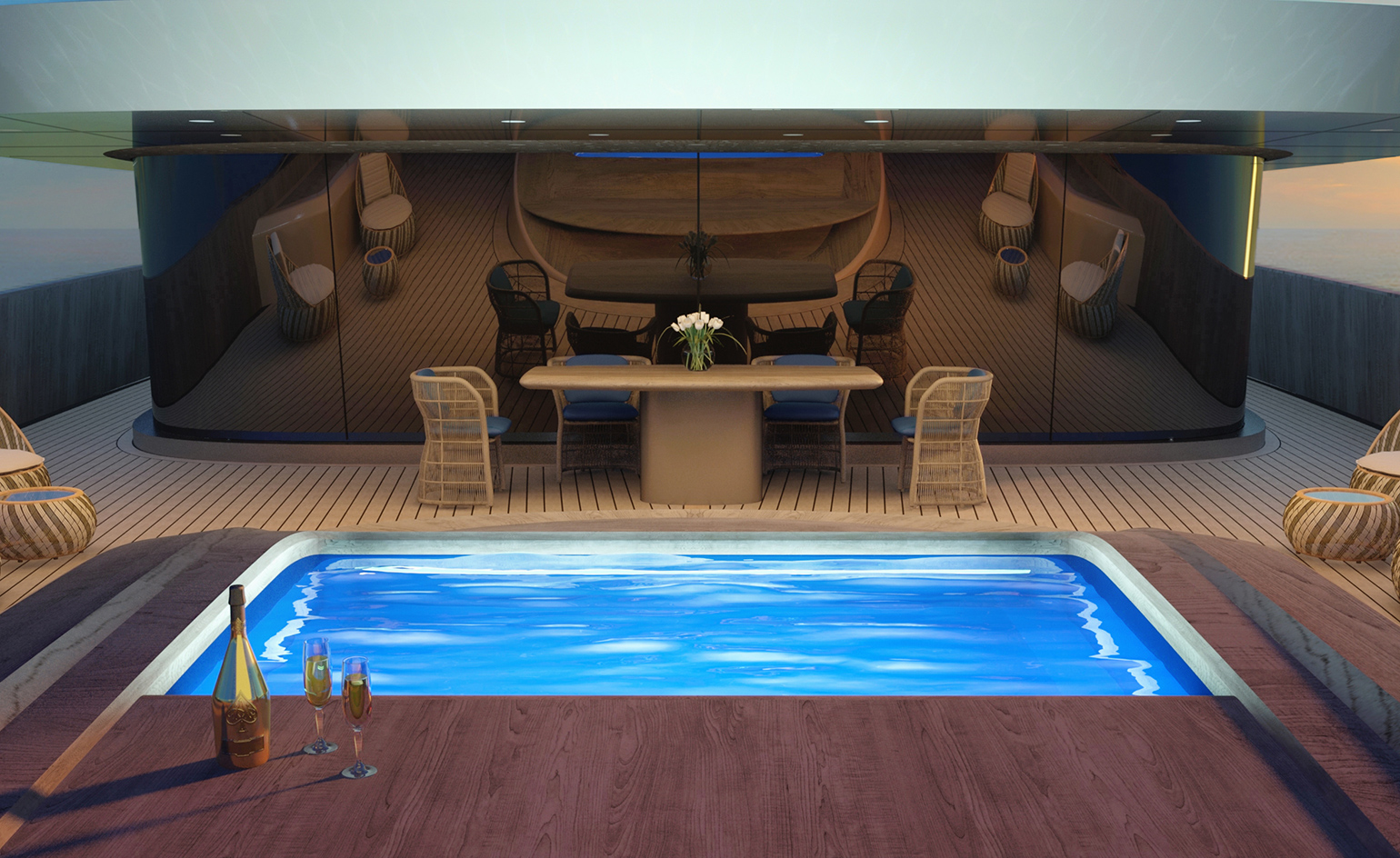
The annual event is designed to attract owners, makers and designers of superyachts, one of the most complex and unusual mode of transport ever devised. Pictured: Pininfarina Ottantacinque’s swimming pool deck
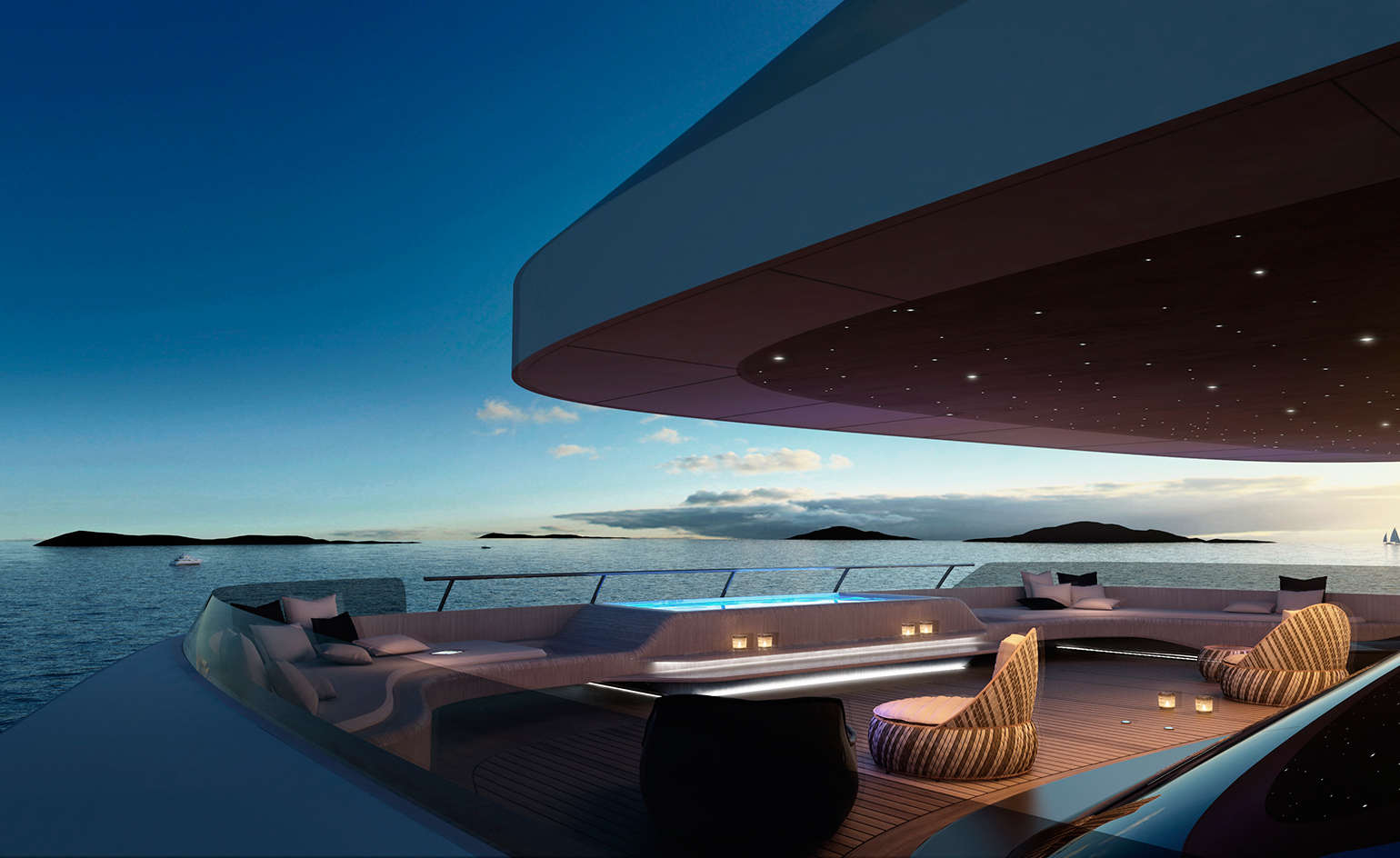
Vice president of Pininfarina Extra, Francesco Lovo notes, ’The Ottantacinque (pictured) retains the essence of superyacht design by being ‘elegant, sober but not shouting’
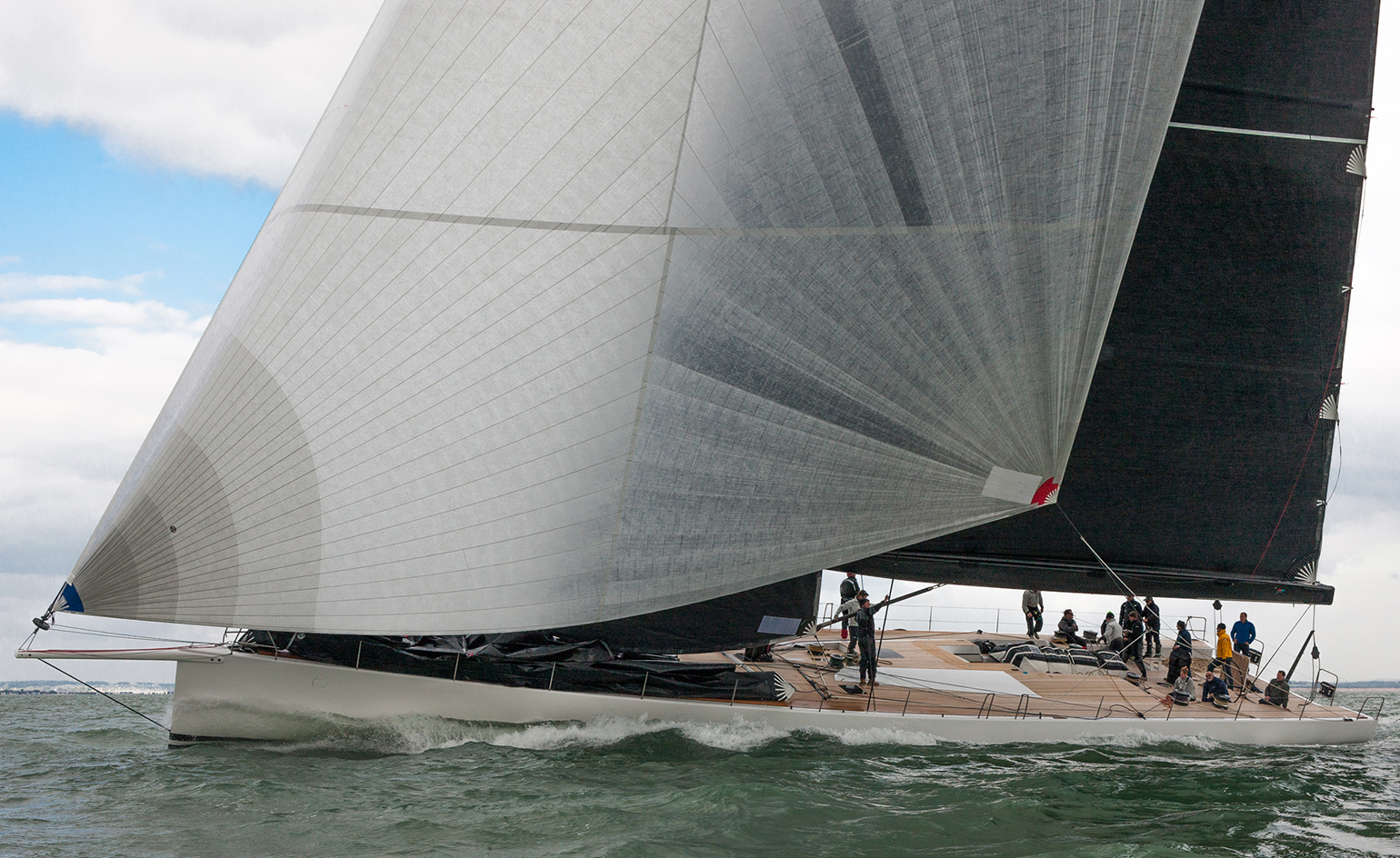
The meticulously crafted innovative box-rolled ’Wallycento#’ (pictured) was designed with Wally Yachts for racing boat maker Persico Marine
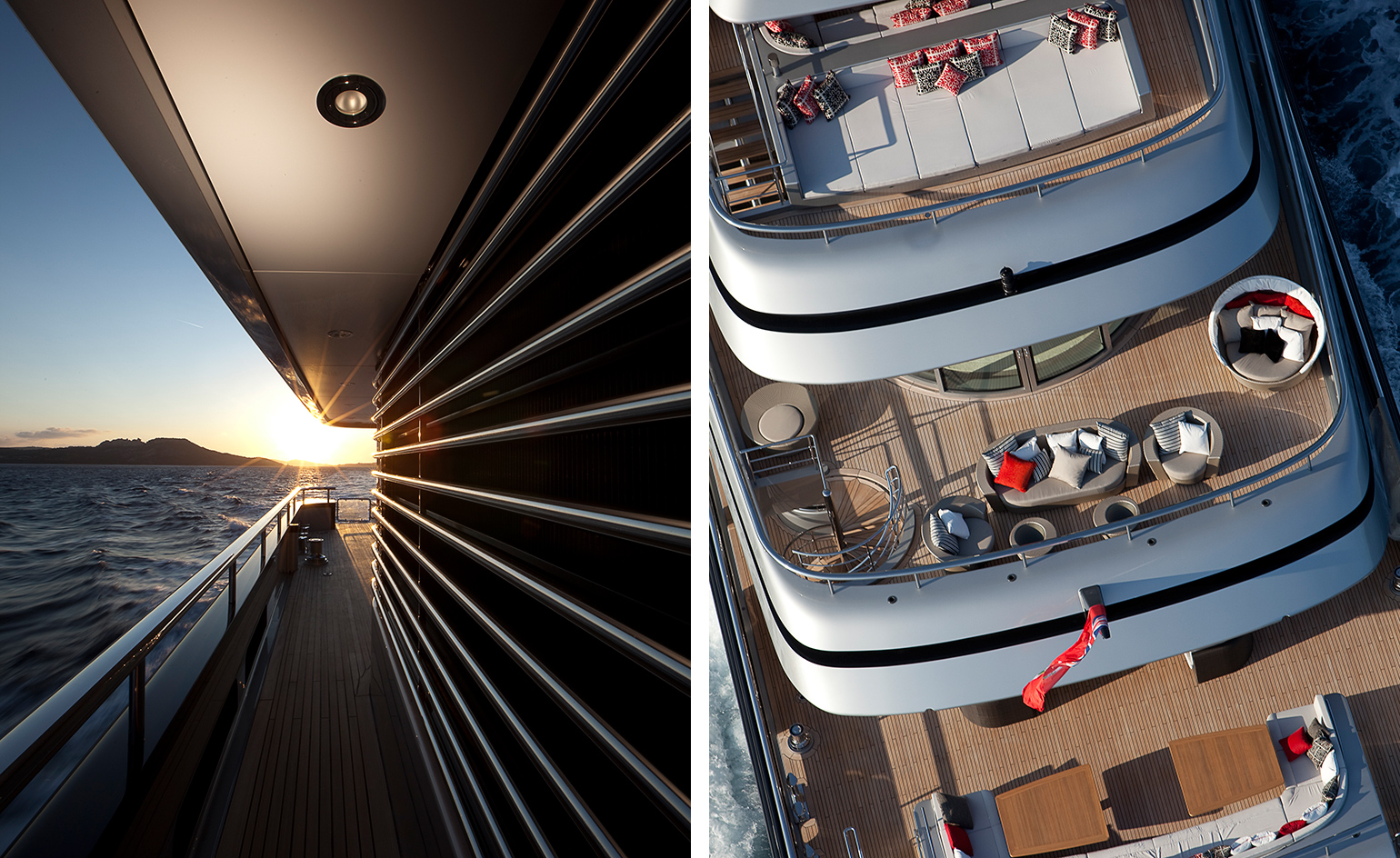
Renowned yacht designer Tim Heywood believes the real key to luxury is expressed through the skills of craftsman who build these vessels. Pictured: ’Slipstream’, by Winch Design.
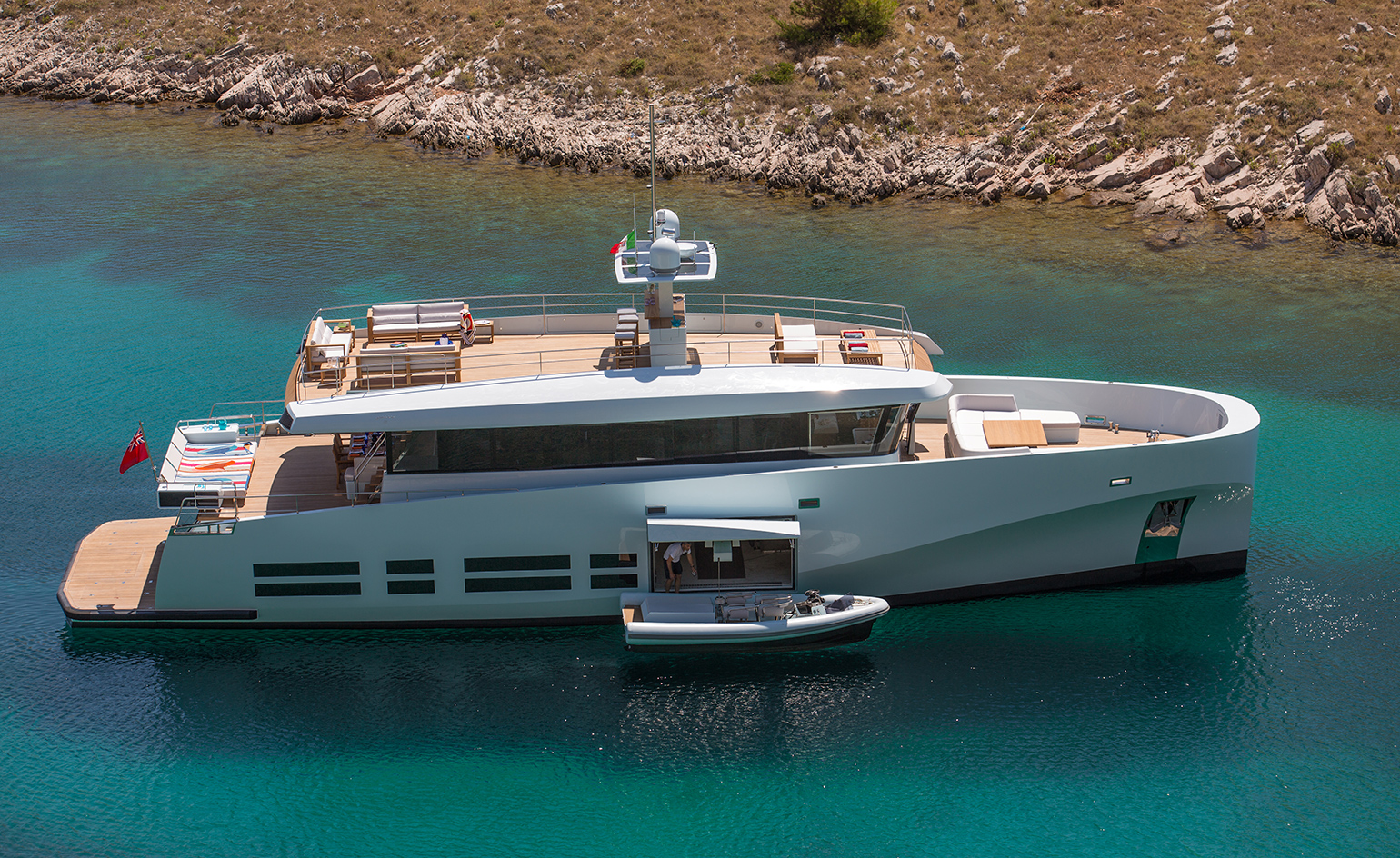
In the hands of the superyacht builders, ideas of luxury and contemporary design are just too complicated and wide-ranging to ever be easily defined. Pictured: ’Ace’, by Wally Yachts
INFORMATION
’Superyacht Design Symposium’ ran from 21 – 23 February 2016. For more information, visit the Boat International website
Receive our daily digest of inspiration, escapism and design stories from around the world direct to your inbox.
A writer and editor based in London, Nargess contributes to various international publications on all aspects of culture. She is editorial director on Voices, a US publication on wine, and has authored a few lifestyle books, including The Life Negroni.
-
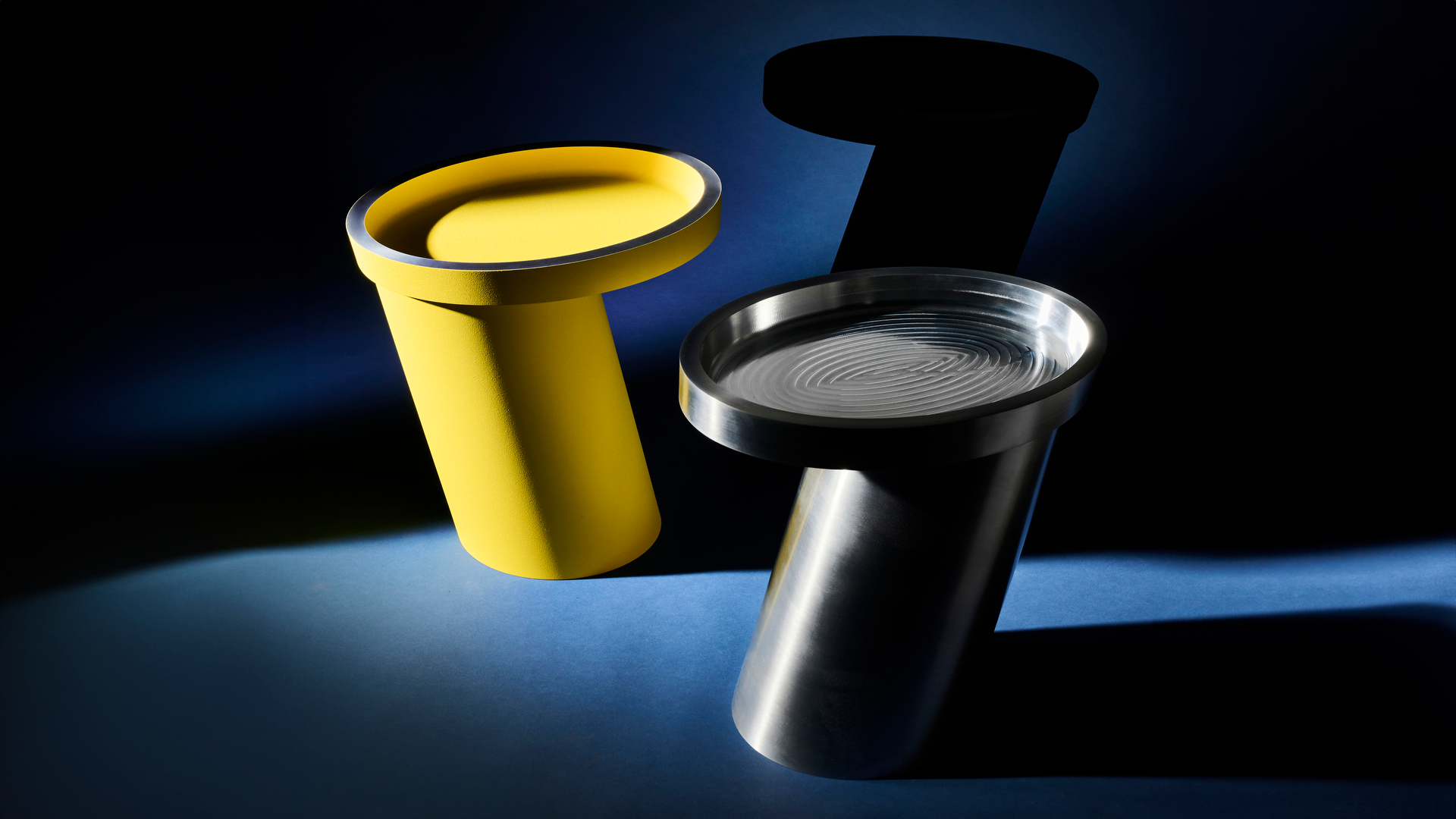 Eddie Olin's furniture that merges heavy metal with a side of playfulness
Eddie Olin's furniture that merges heavy metal with a side of playfulnessWallpaper* Future Icons: London-based designer and fabricator Eddie Olin's work celebrates the aesthetic value of engineering processes
-
 This retreat deep in the woods of Canada takes visitors on a playful journey
This retreat deep in the woods of Canada takes visitors on a playful journey91.0 Bridge House, a new retreat by Omer Arbel, is designed like a path through the forest, suspended between ferns and tree canopy in the Gulf Island archipelago
-
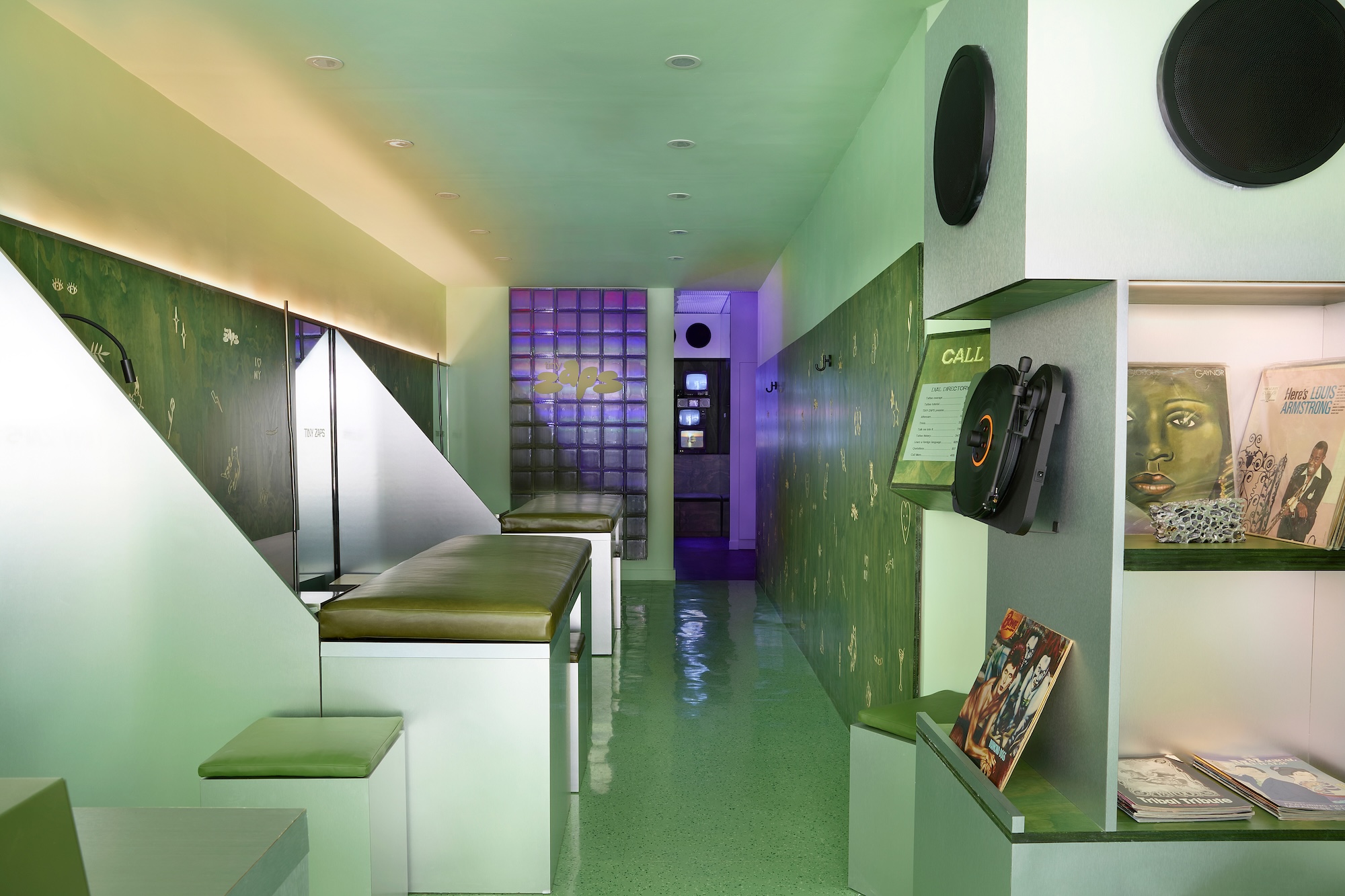 Terrified to get inked? This inviting Brooklyn tattoo parlour is for people who are 'a little bit nervous'
Terrified to get inked? This inviting Brooklyn tattoo parlour is for people who are 'a little bit nervous'With minty-green walls and an option to 'call mom', Tiny Zaps' Williamsburg location was designed to tame jitters
-
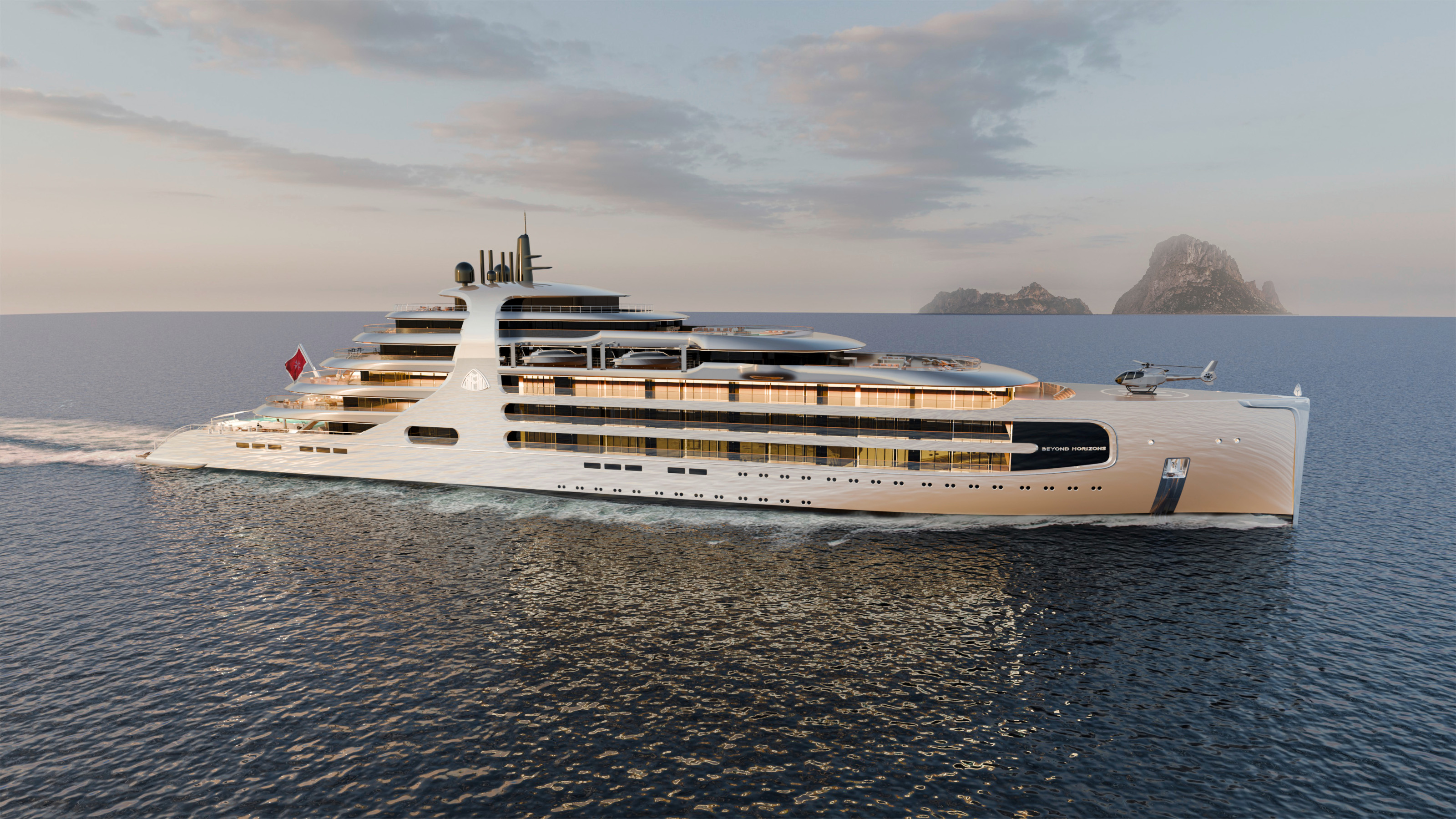 The Maybach Ocean Club is a floating members’ club for the super-rich
The Maybach Ocean Club is a floating members’ club for the super-richMercedes-Benz Design has announced the upcoming Maybach Ocean Club, a ship-based enclave inspired by automotive luxury
-
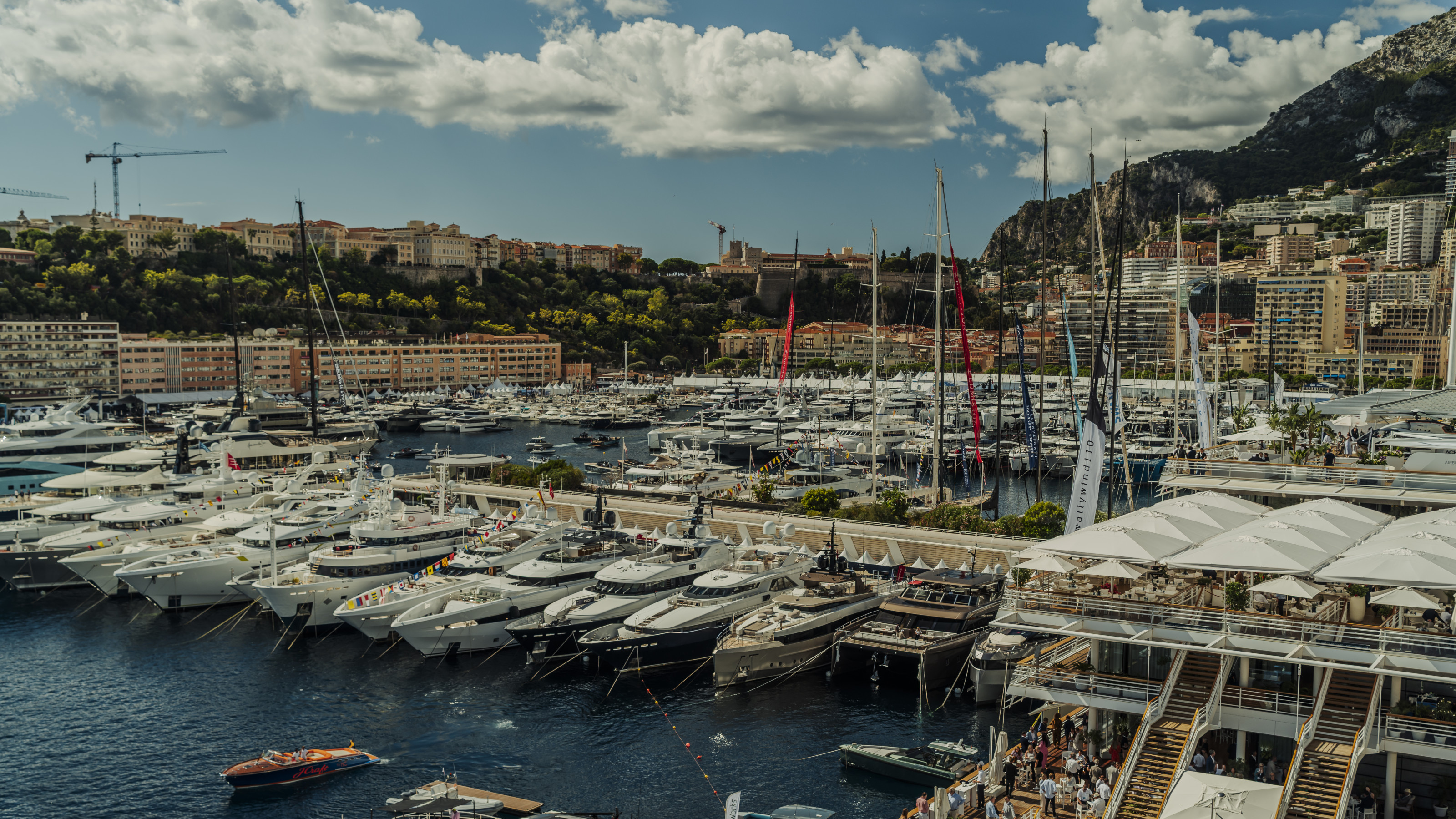 In Monaco, the world’s most famous yacht show up close
In Monaco, the world’s most famous yacht show up closeThe Monaco Yacht Show is one of the most famous annual celebrations of wealth and ostentation. What’s new in the world of floating ultra-luxury?
-
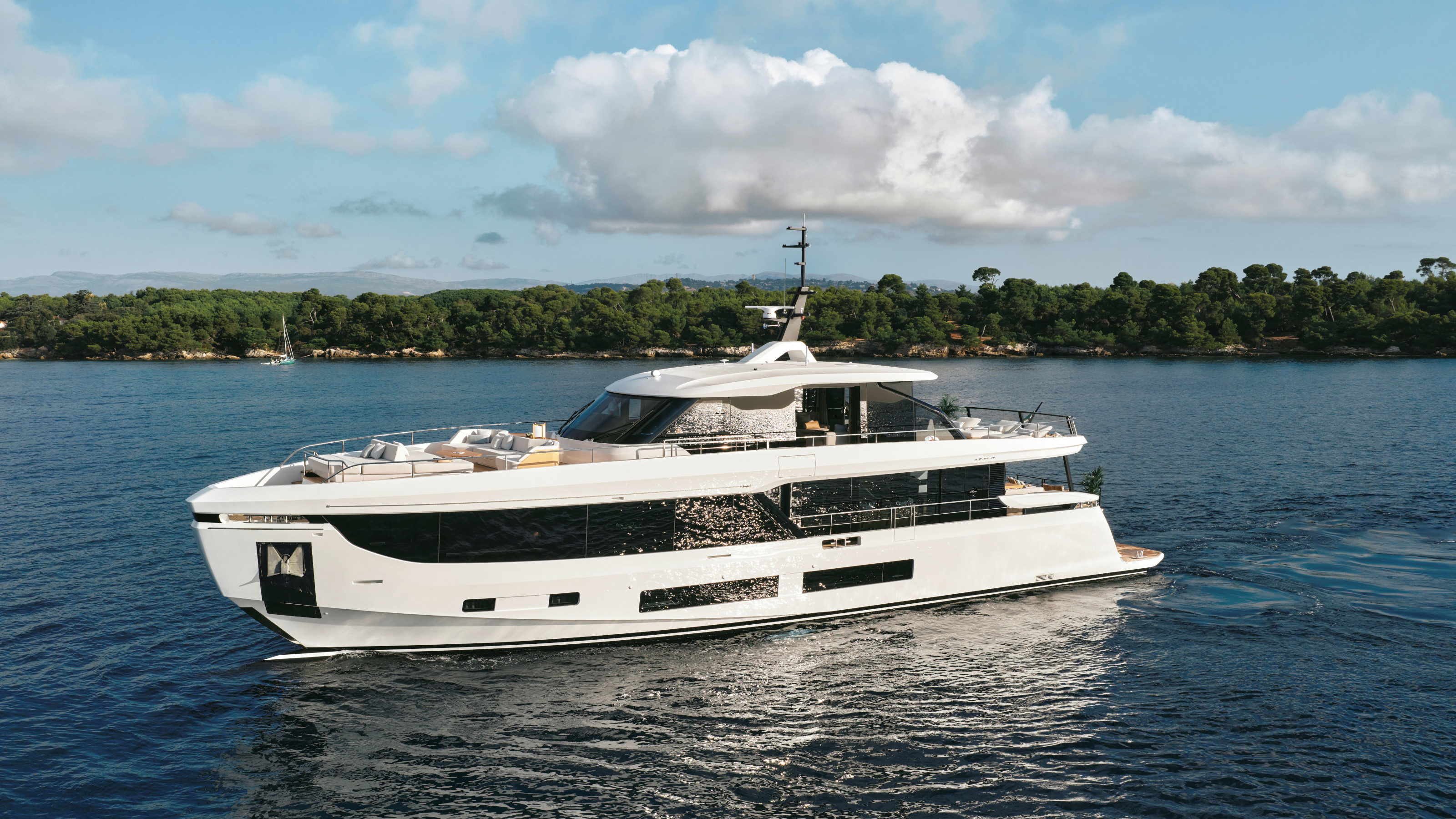 Salone Nautico is Genoa’s answer to Monaco, a scaled down yacht show with a local focus
Salone Nautico is Genoa’s answer to Monaco, a scaled down yacht show with a local focusAhead of the nautical extravaganza that is the Monaco Yacht Show, a smaller, more focused event takes place in Genoa. It’s not all superyachts and conceptual experiments – we visited Salone Nautico to survey the scene
-
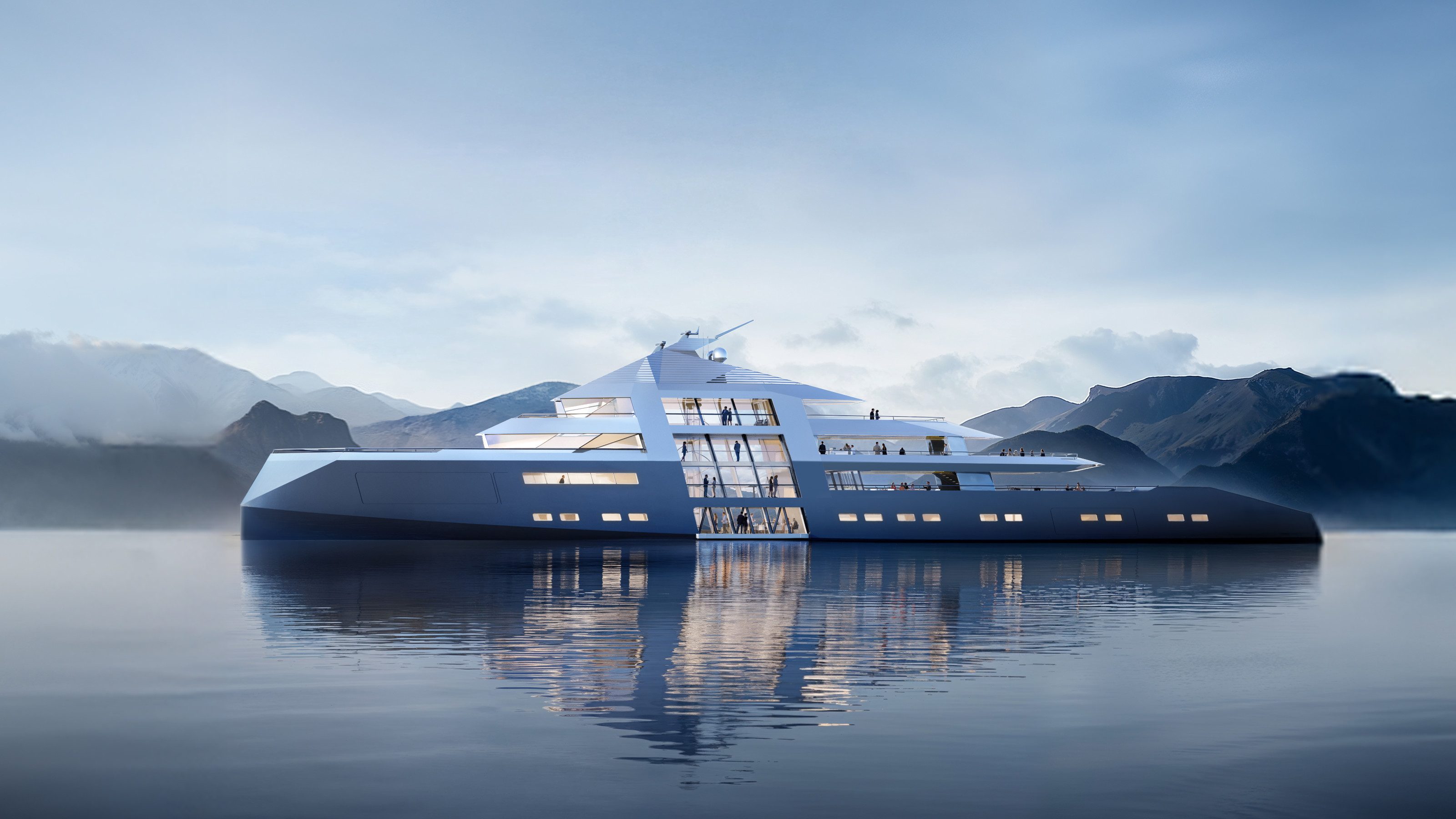 Outlier I concept yacht by Foster + Partners is unlike anything else at sea
Outlier I concept yacht by Foster + Partners is unlike anything else at seaLateral Naval Architecture’s radical internal restructuring gives Foster + Partners’ concept the scale and grandeur of a gigayacht, with an interior volume like no other
-
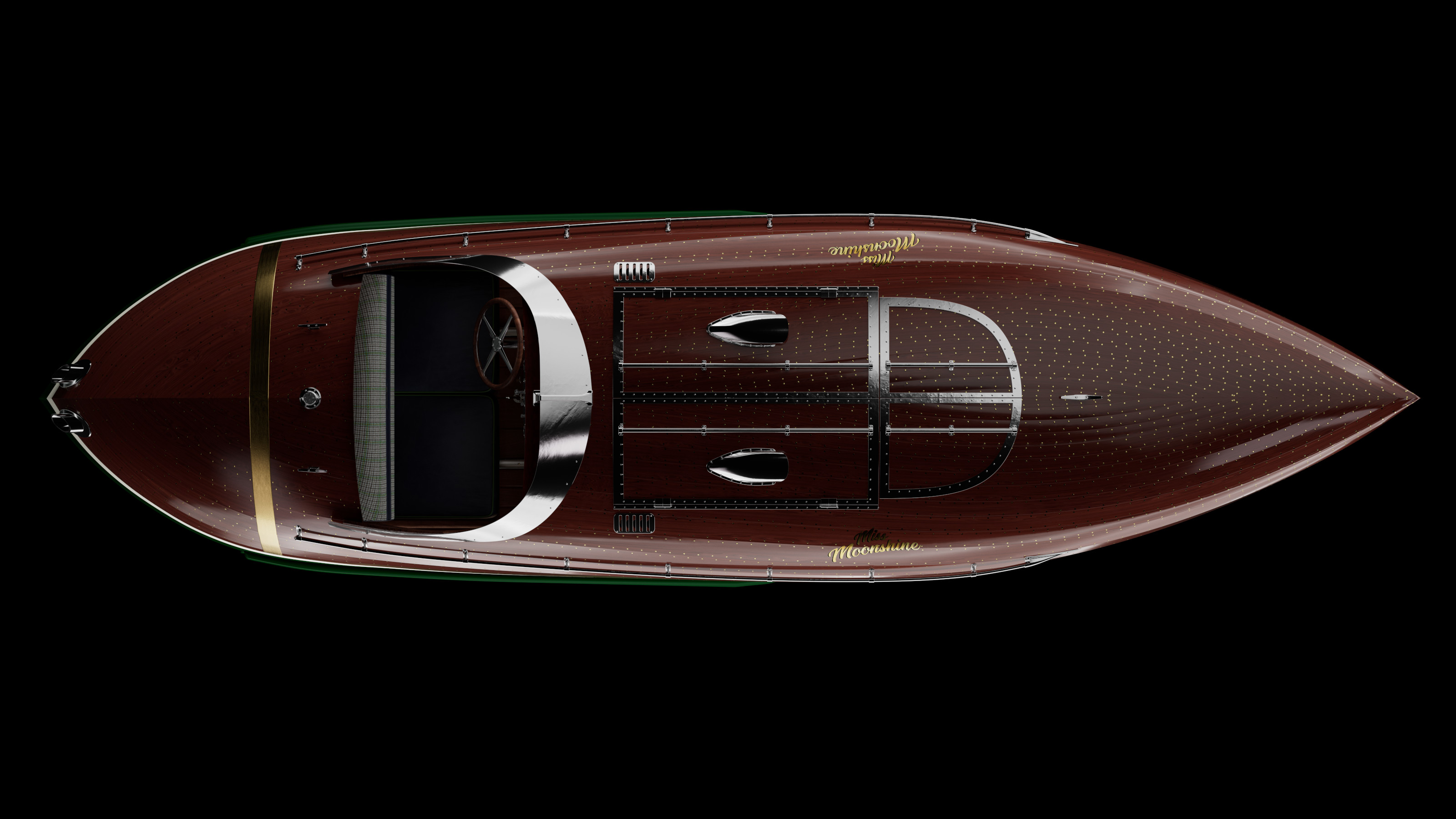 Boatbuilding meets Savile Row in this new collaboration between Huntsman x Fitzke
Boatbuilding meets Savile Row in this new collaboration between Huntsman x FitzkeMiss Moonshine is a speedboat that blends tweed, mahogany, and raw power with a heritage steeped in racing and smuggling
-
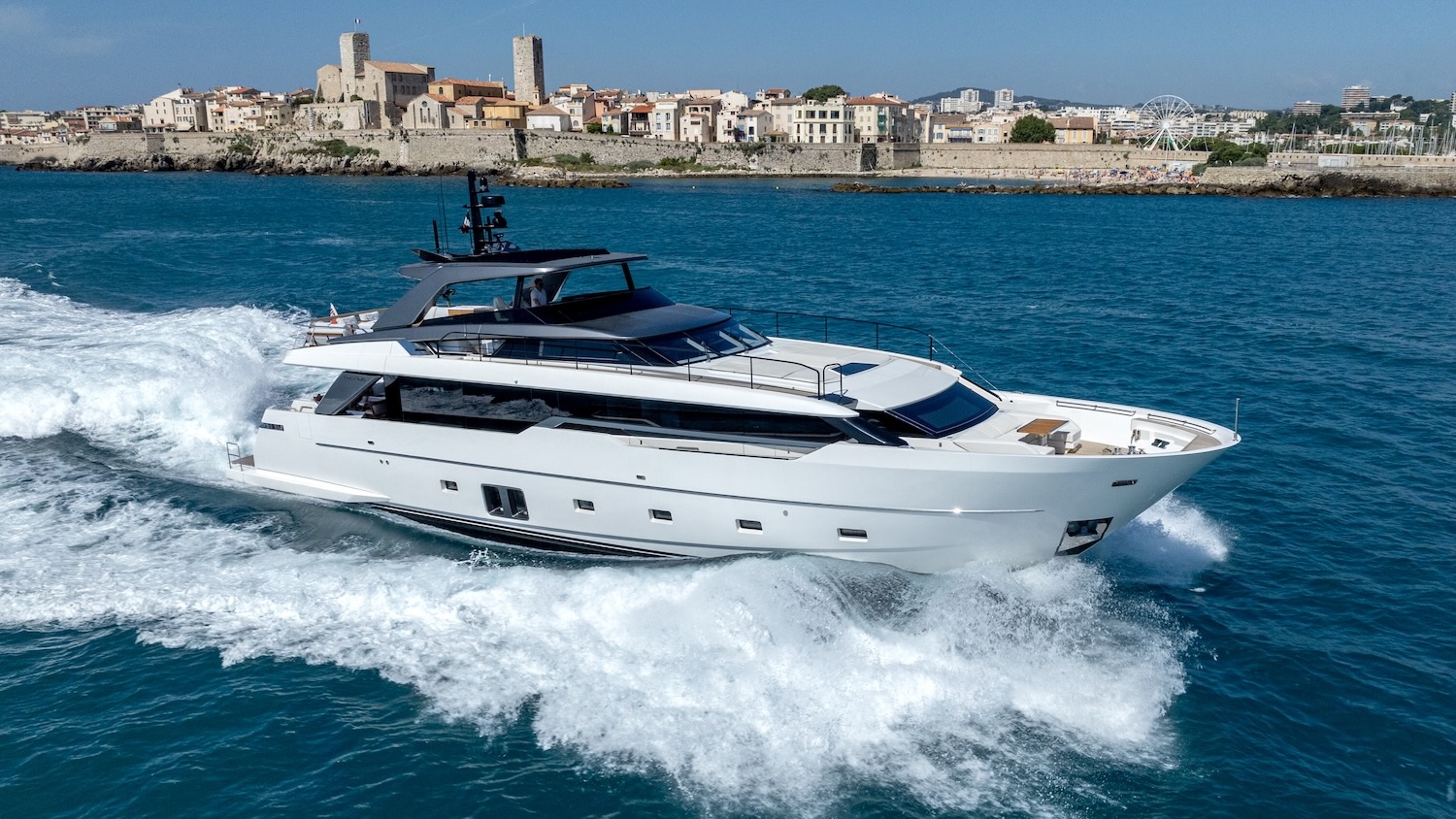 Sanlorenzo presents three unique models at the British Motor Yacht Show
Sanlorenzo presents three unique models at the British Motor Yacht ShowThe Italian builder brings its largest-ever line up to the show, including an asymmetric yacht and a sporty entry-level vessel
-
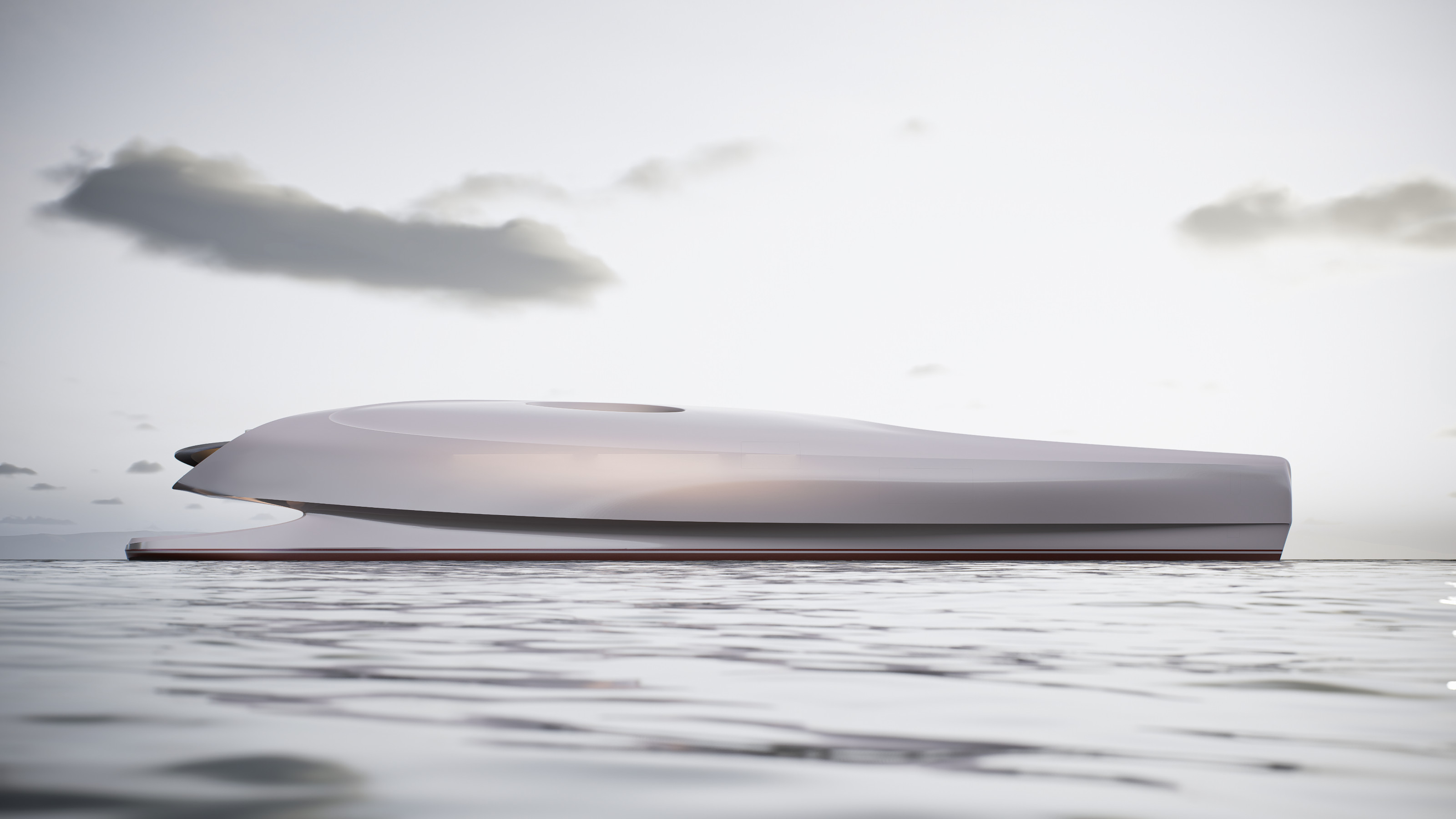 A new concept superyacht unfurls, courtesy of Vripack and Oceanco
A new concept superyacht unfurls, courtesy of Vripack and OceancoExplore Project Lily, a concept superyacht for a new generation of moneyed enthusiasts looking to push the envelope of nautical design
-
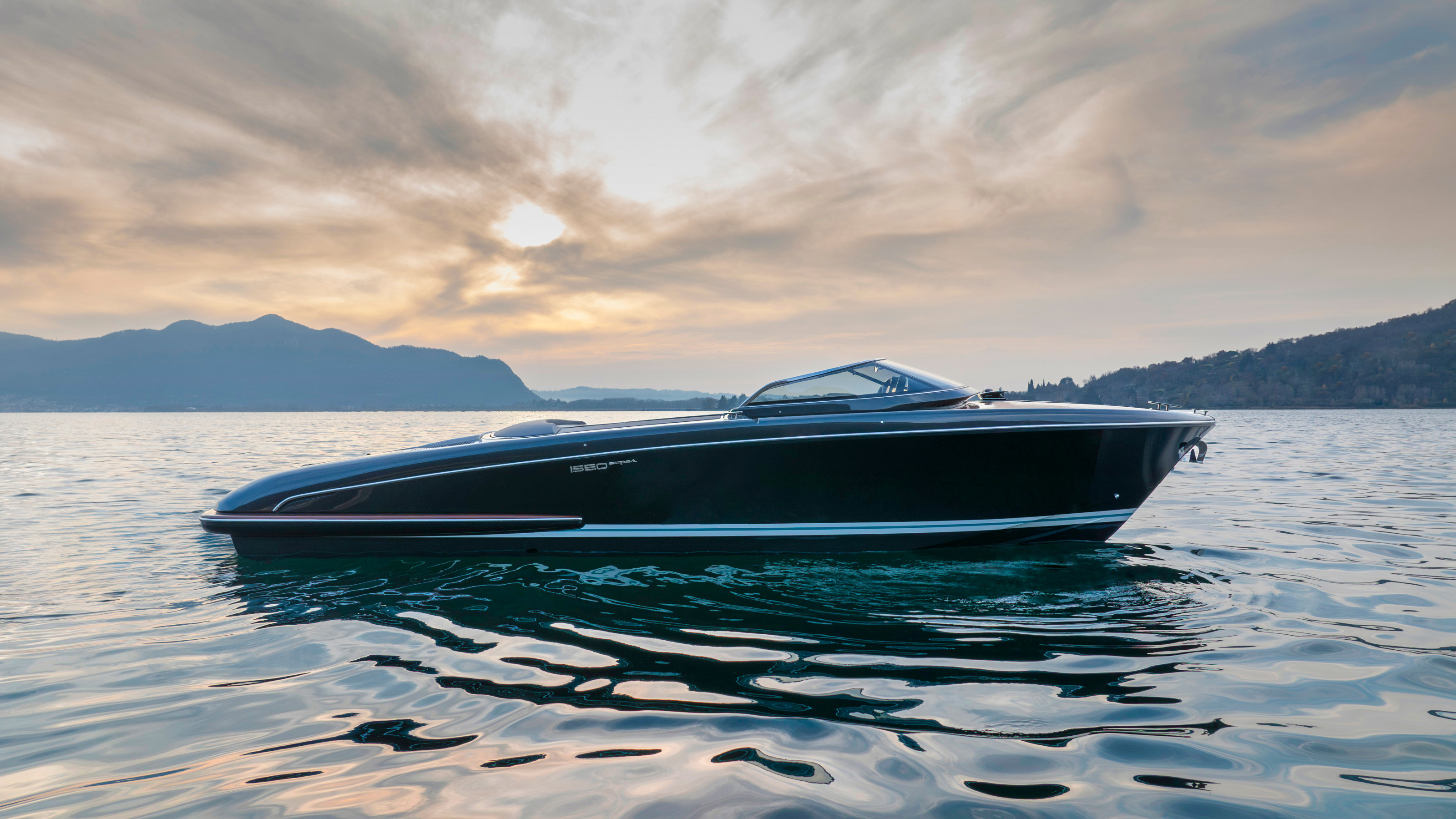 The new Riva Iseo Super continues the Italian manufacturer’s mastery of motorboat design
The new Riva Iseo Super continues the Italian manufacturer’s mastery of motorboat designA sleek 27-foot runabout, the Riva Iseo Super showcases the factors that make Riva synonymous with waterborne elegance and style